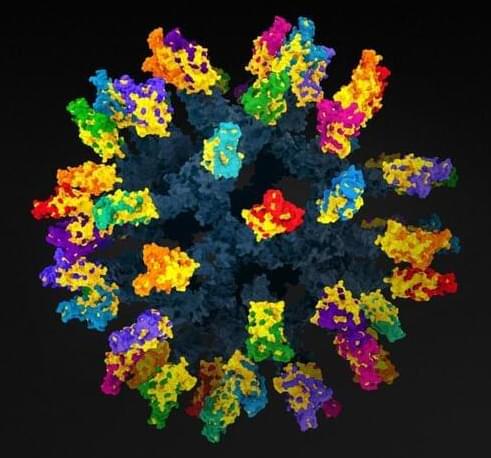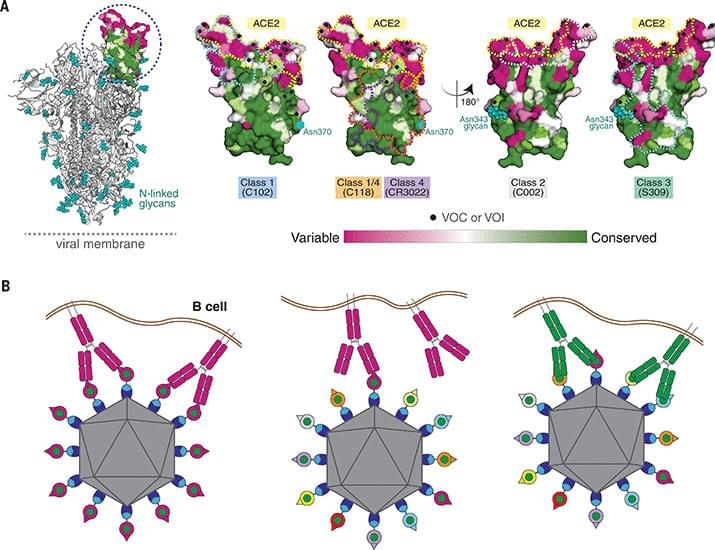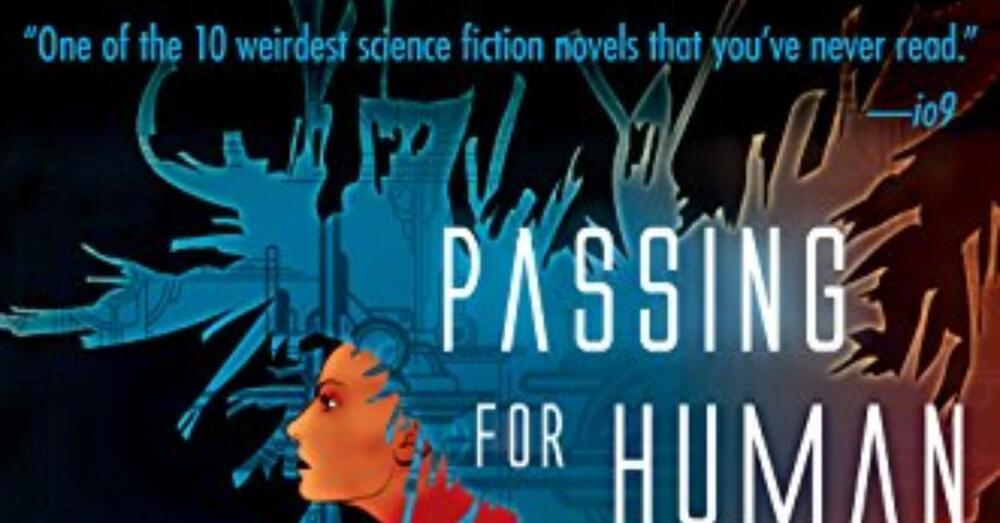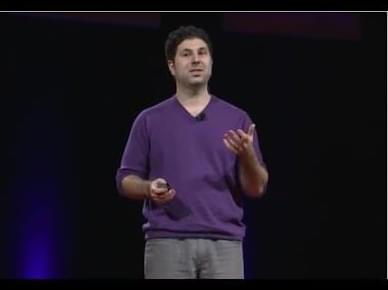Research using a quantum computer as the physical platform for quantum experiments has found a way to design and characterize tailor-made magnetic objects using quantum bits, or qubits. That opens up a new approach to develop new materials and robust quantum computing.
“With the help of a quantum annealer, we demonstrated a new way to pattern magnetic states,” said Alejandro Lopez-Bezanilla, a virtual experimentalist in the Theoretical Division at Los Alamos National Laboratory. Lopez-Bezanilla is the corresponding author of a paper about the research in Science Advances.
“We showed that a magnetic quasicrystal lattice can host states that go beyond the zero and one bit states of classical information technology,” Lopez-Bezanilla said. “By applying a magnetic field to a finite set of spins, we can morph the magnetic landscape of a quasicrystal object.”









